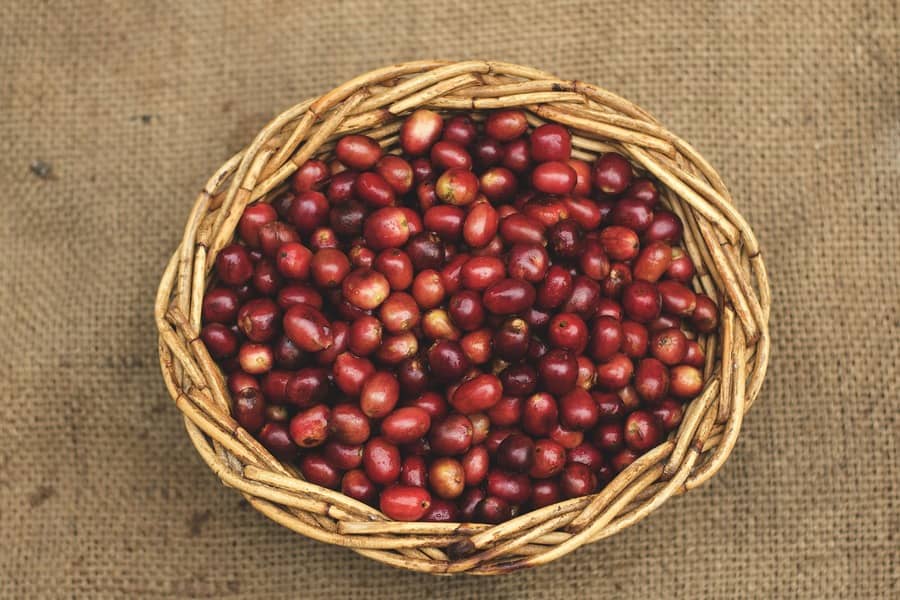The physical coffee market declined, following external losses. The fall in the dollar, from BRL 5.25 to BRL 5.10, amplified the decline in the domestic physical market. As a result, domestic price indications have moved further away from recent highs. Good cup in the south of Minas Gerais, after ending April with an average of BRL 1,212 per bag and reaching trading peaks at BRL 1,340 per bag, fell at the beginning of May to BRL 1,170 per 60-kg bag, which is equivalent to USD 229 per bag. Despite this, the price remains considerably high compared to historical benchmarks adjusted by inflation. In general, coffee prices remain above the same period last year and the five-year average (2019-2023), which is around BRL 894 per bag.
Maybe the advance of Brazil’s 2024 coffee crop will further intensify the negative pressure on prices, as occurred at the start of the season last year. However, the good sales volume in recent weeks, with the active participation of producers at bullish times, helped to reduce exposure during the crop arrival. In any case, it is important to note that the reference for sales in advance of good cups from Brazil’s 2024 crop is currently around BRL 1,130 per bag for delivery and payment in September 2024. Although this value is lower than the BRL 1,300 per bag reached in mid-April, it still supports a price level of around BRL 220 per bag above the inflation-adjusted average price for the month of September. This way, the market remains in a very favorable region for sellers.
Fine cups were also affected by external losses but managed to remain above the level of BRL 1,200 per bag. The low physical availability during the off-season and the greater caution of sellers about these coffees explain this relative appreciation. Rio cup from Matas de Minas is pegged between BRL 1,050 and BRL 1,060 per bag and follows external losses. The national industry’s interest in weaker arabica cups ends up offering support, mitigating the impact of external pressure. On the other hand, the early arrival of new coffee on the market acts as a counterweight to rising prices.
As for conillon type 7/8 in Espírito Santo, its value remains linked to export parity. Therefore, the decline in robusta prices in London resulted in a sharp decline in domestic price indications. The market should continue to monitor the weather in Vietnam and the progress of the crop in both Indonesia and Brazil. Export parity should remain a reference for exports, as Brazilian conillon should continue to be an alternative to the shortage of robusta in Asia, especially in the first months of Brazil’s 2024 crop.

